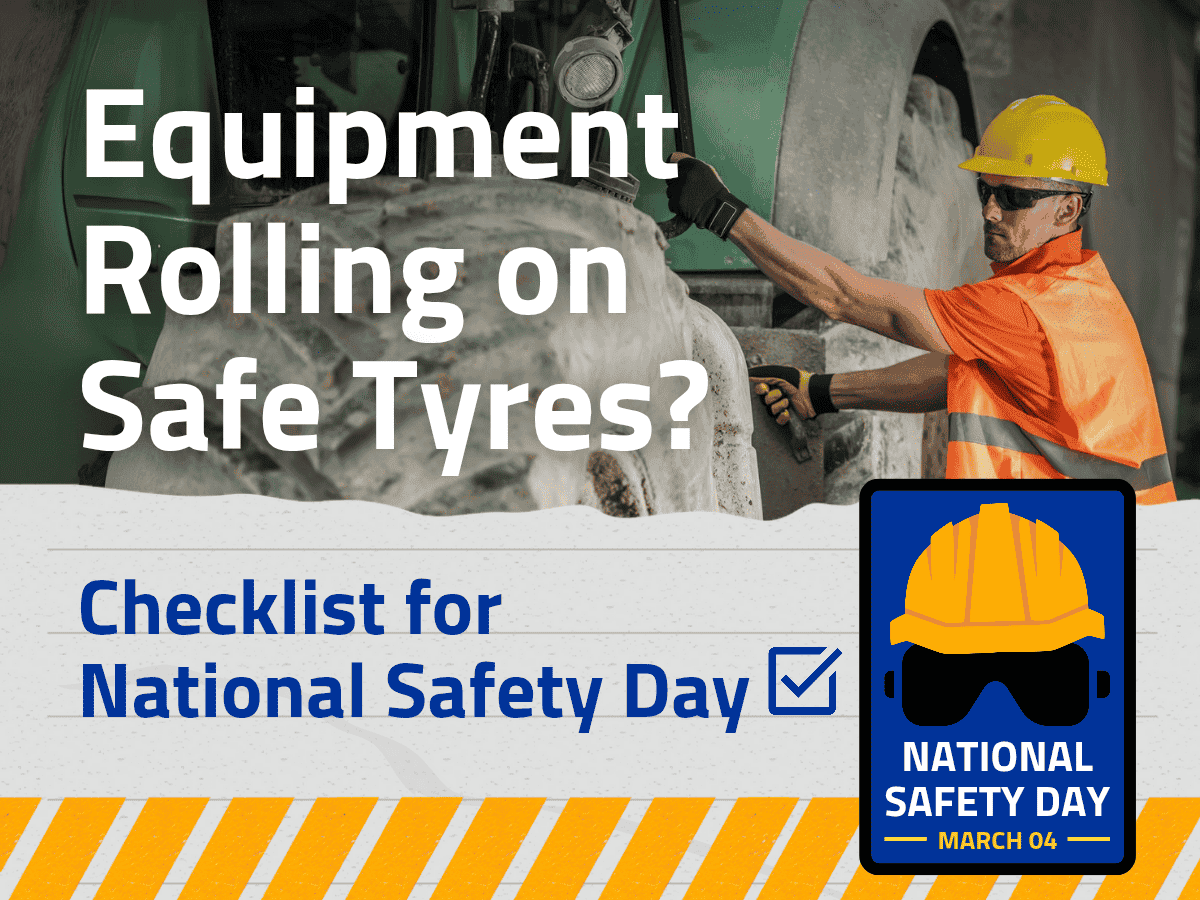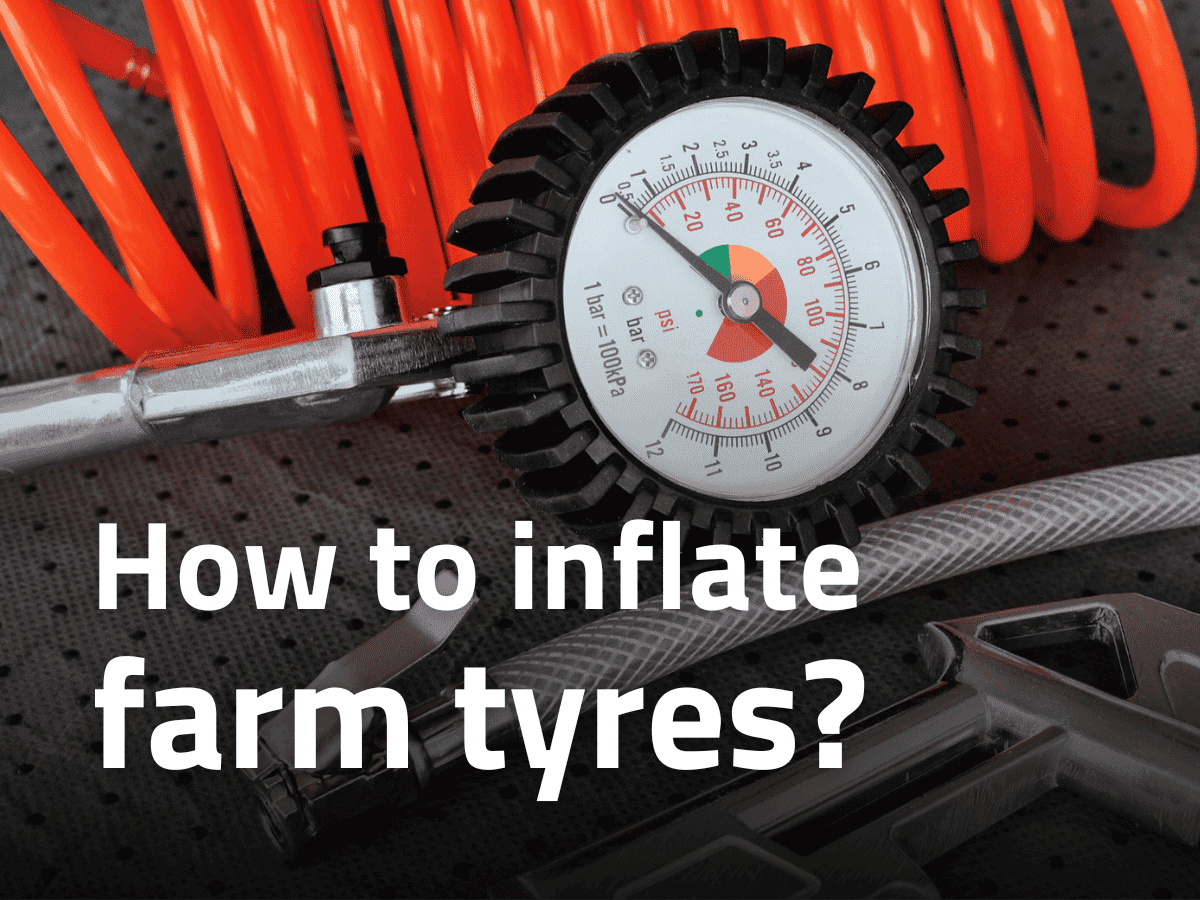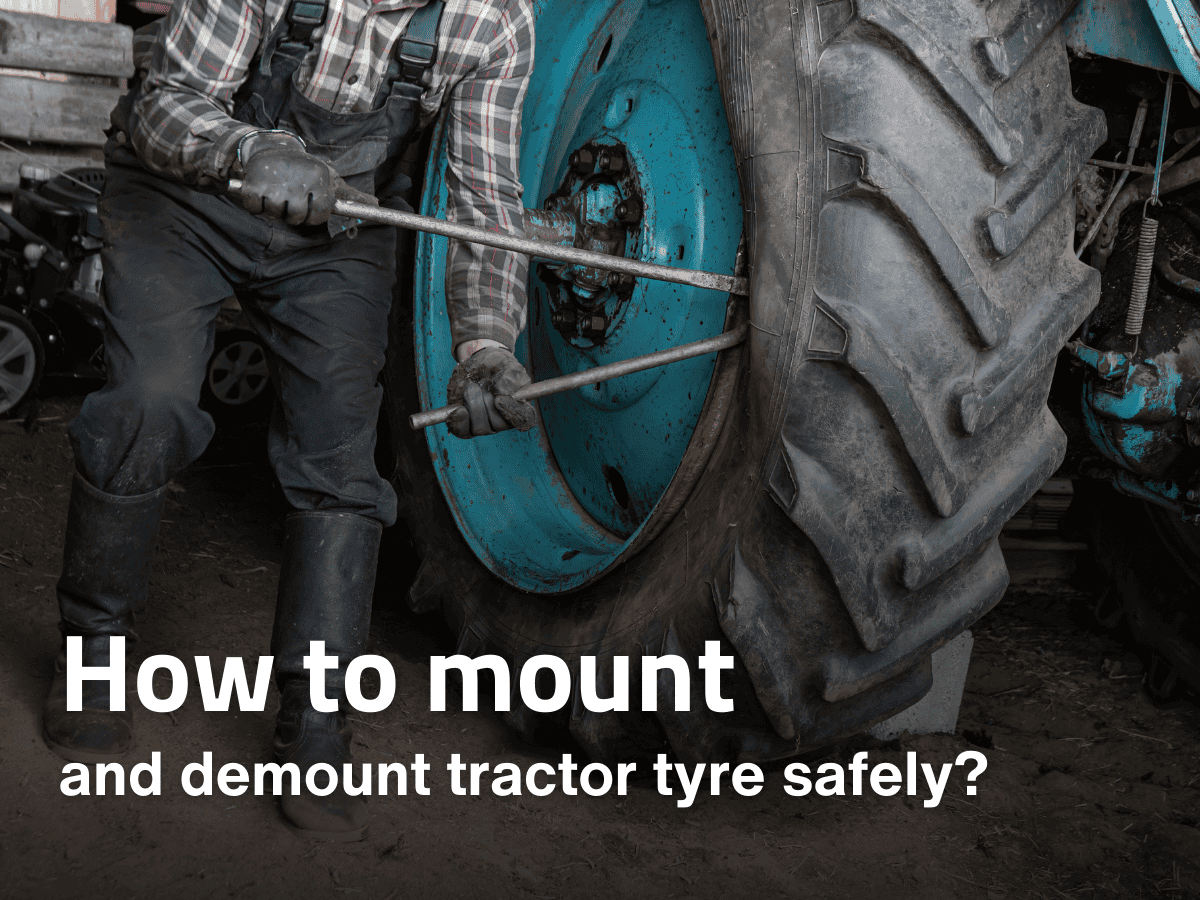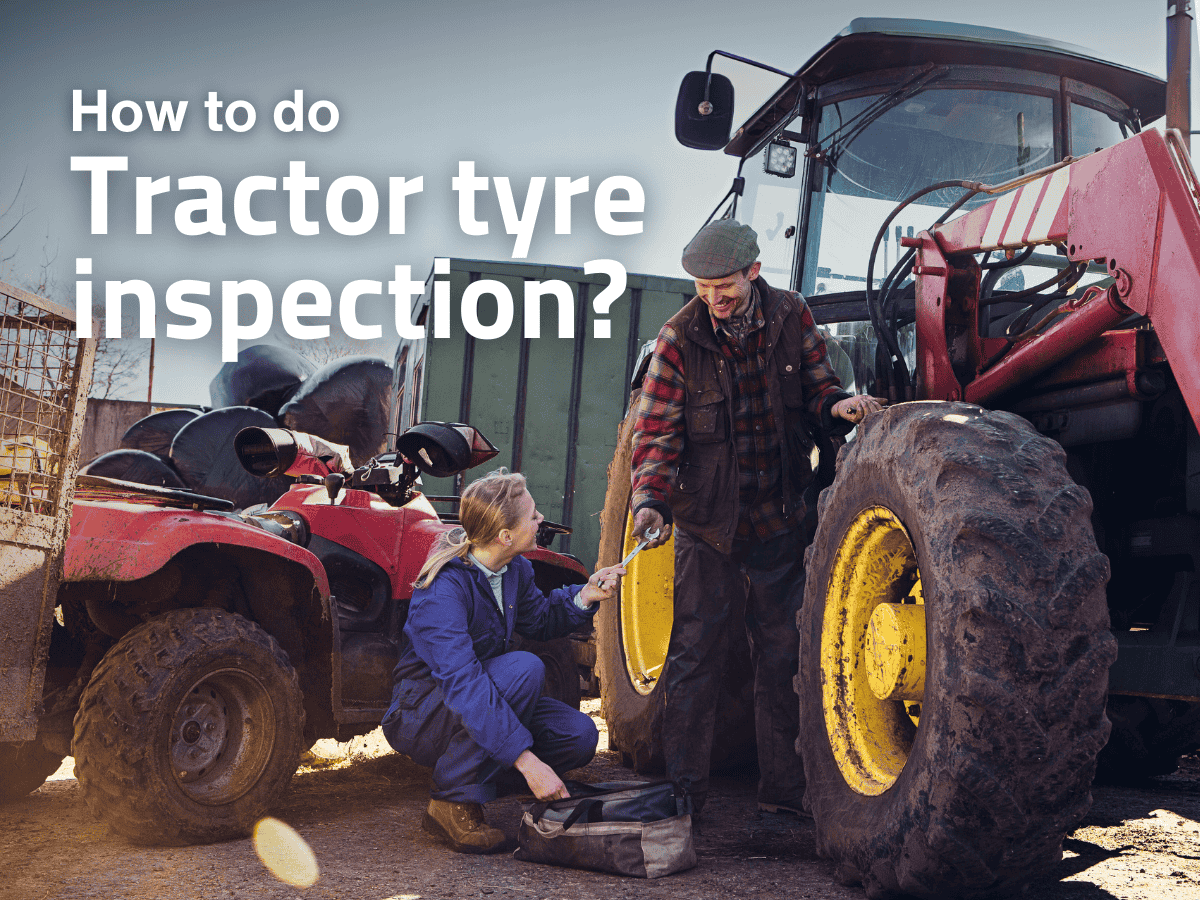ceat-speciality:blogs-tags/all,ceat-speciality:blogs-tags/tyre-advice
How to Boost Farm Productivity with the Right Tyres?
Sat, 17 Aug 2024 | PRODUCTS
Optimising costs is crucial for farm profitability. While negotiating machinery prices is essential, focusing on operational expenses can yield significant savings. Tyre management is a vital factor in this equation. By optimising farm tyre performance, you can boost productivity, reduce fuel consumption, and protect your soil. Let's explore practical steps to achieve these goals.
- Master Tyre Pressure for Optimal Performance
Proper tractor tyre pressure is crucial for maximising traction and minimising fuel consumption. Overinflated tyres increase slippage and higher engine speeds, while underinflated tyres can improve traction but may cause damage. For efficient tyre management, consider using a central tyre inflation system. This allows for quick and easy adjustments based on soil conditions, saving time and effort. Maintaining optimal tyre pressure will enhance traction, reduce fuel consumption, and protect soil.
- Minimize Ploughing Depth
Deep ploughing is often unnecessary for optimal crop growth. Consider shallow ploughing tailored to specific crop needs for regularly worked fields equipped with low-pressure tyres. This approach reduces engine load, leading to lower fuel consumption. Adjusting your ploughing equipment to target the upper soil layer can yield significant fuel savings without compromising crop health.
- Optimize Speed
Lowering your tractor's road speed can dramatically reduce fuel consumption. Decreasing your speed from 50 to 40 km/h might add a few minutes to your travel time, but you'll enjoy substantial fuel savings. Many tractor models offer a 40 km/h economy mode, which can cut fuel consumption by up to 30%.
- Maximising Traction for Optimal Performance
Your tractor's engine power is effectively transferred to the soil through its tyres. To optimise performance, you must match farm tractor tyre capacity to your specific soil conditions. You can significantly enhance your tractor's productivity and efficiency by fine-tuning your tyre selection.
- Upgrade to Wide, Low-Pressure Tyres for Enhanced Performance
Most tractors come with standard tyres, a cost-effective option for manufacturers but not necessarily for your operations. These tyres might not be ideal for heavy loads, forcing you to inflate them more to handle the weight. Here's why this approach backfires:
Reduced Efficiency: Increased pressure leads to greater wheel spin, requiring more engine power and fuel.
Soil Compaction: Overinflated tyres compact the soil, hindering root development and crop health.
Decreased Comfort: High pressure translates to rougher rides on uneven terrain.
The solution? Invest in wider, low-pressure tyres. These are specifically designed for heavy machinery and offer several benefits:
Increased Load Capacity: They can handle heavier loads without excessive inflation.
Improved Traction: The wider surface area distributes the tractor's weight more effectively, enhancing grip and reducing slippage.
Reduced Soil Compaction: Lower pressure minimises soil compaction, promoting healthy root growth and crop yields.
Upgrading to wider, low-pressure tyres will optimize your tractor's performance, protect your soil health, and experience a smoother ride.
- Enhance Traction with Dual Wheels
Dual wheels offer a cost-effective alternative to wide, low-pressure tyres. By doubling the tyre footprint, they distribute the tractor's weight more evenly across the ground, allowing for lower tyre pressure without compromising traction. Additionally, the increased number of lugs on dual wheels provides superior grip, especially in challenging soil conditions.
- Achieve Optimal Load Distribution for Maximum Performance
Pulling heavy implements significantly increases the load on your tractor's rear axle. To maintain optimal performance and protect your equipment, it's crucial to distribute weight evenly between the front and rear wheels. Aim for a 40/60 weight distribution, with 40% on the front and 60% on the rear. This balance enhances traction and reduces soil compaction. While weights can help, using a front-mounted tool is often a more efficient way to achieve proper load distribution. By carefully managing load transfer, you can improve your tractor's performance and protect your investment.
- Monitor Spin Ratio for Optimal Traction
Assessing your tractor's spin ratio is crucial for evaluating its traction efficiency. If the tyre lugs leave minimal or no imprint on the soil or the tracks are significantly wider than the tyres, excessive slippage occurs. Additionally, excessive soil buildup between lugs can hinder self-cleaning and reduce traction. Regularly monitoring spin ratio lets you fine-tune tyre pressure, load distribution, and other factors to optimise your tractor's performance.
By meticulously managing your tractor tyres, you can significantly enhance farm productivity, reduce operational costs, and protect your soil. Understanding tyre pressure, load distribution, and spin ratio optimise performance.
CEAT FARMAX R85 is a prime example of a tractor tyre designed to excel in Indian agricultural conditions. Its R1-W tread depth ensures longevity, while wider treads and larger inner volume minimise soil compaction. The tyre's rounded shoulders protect crops, and its advanced lug design delivers superior traction and roadability.
By making informed tyre choices and implementing effective management practices, you can unlock your farm's full potential and achieve sustainable growth.
Invest in the right agriculture tyres, and watch your farm thrive.










